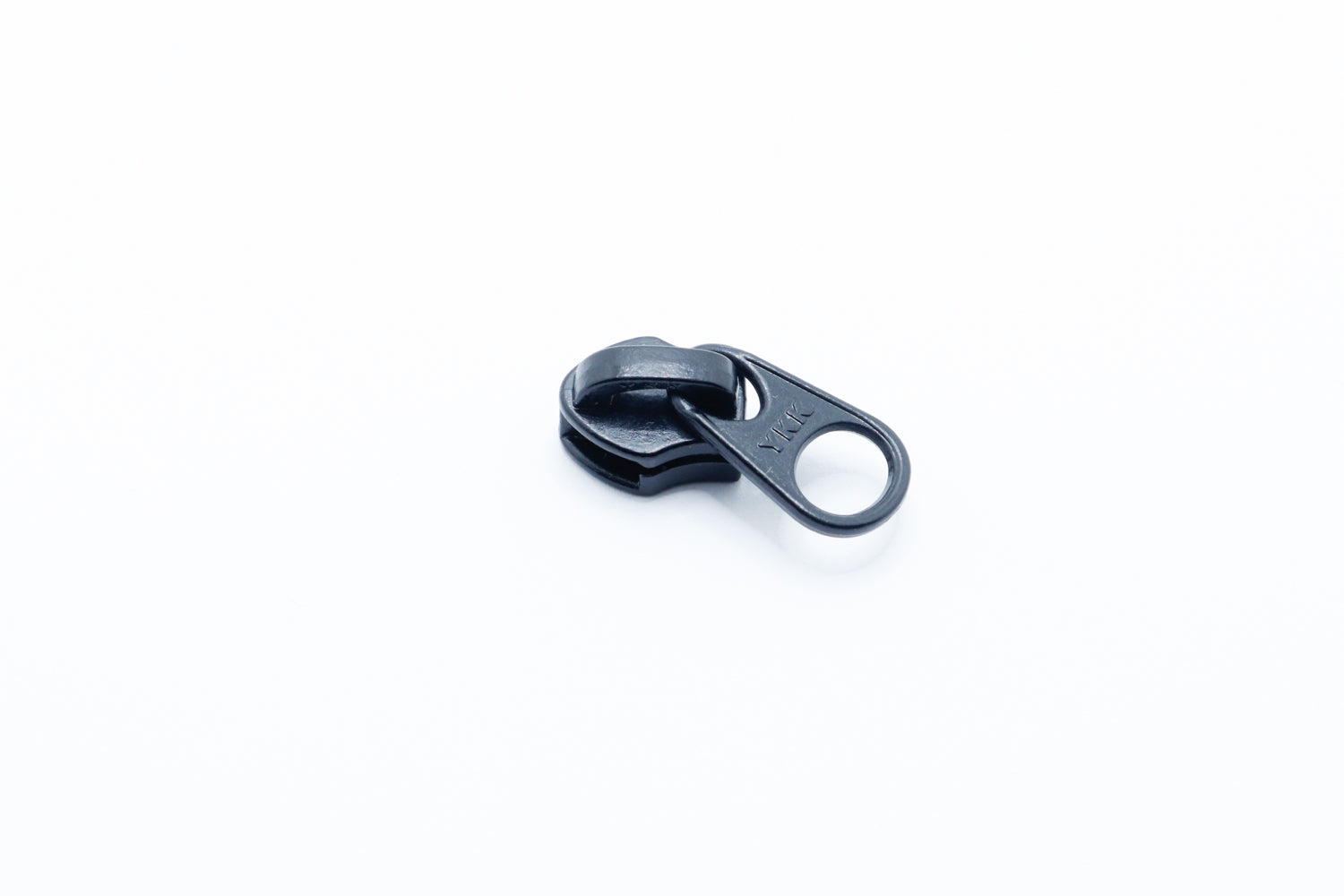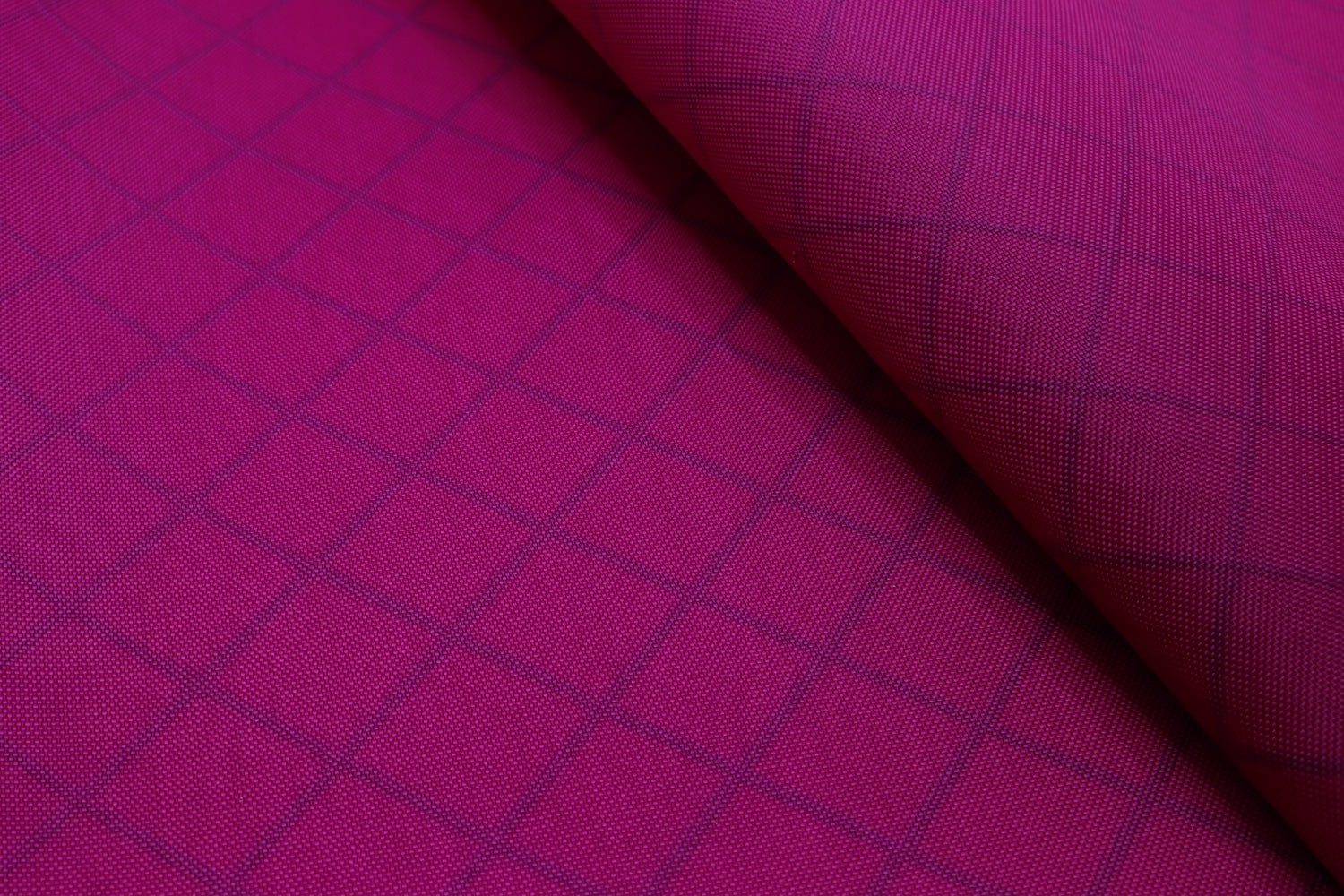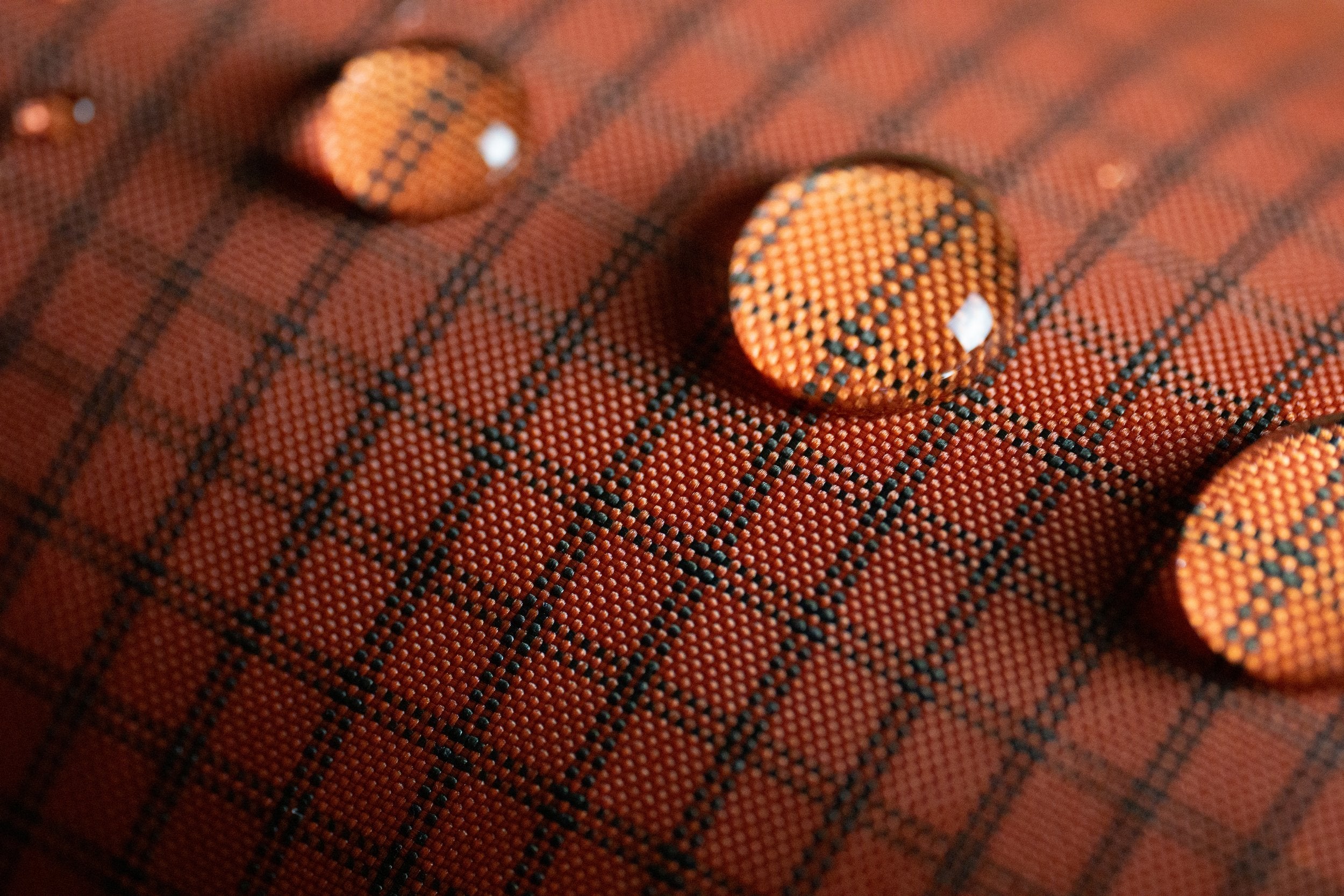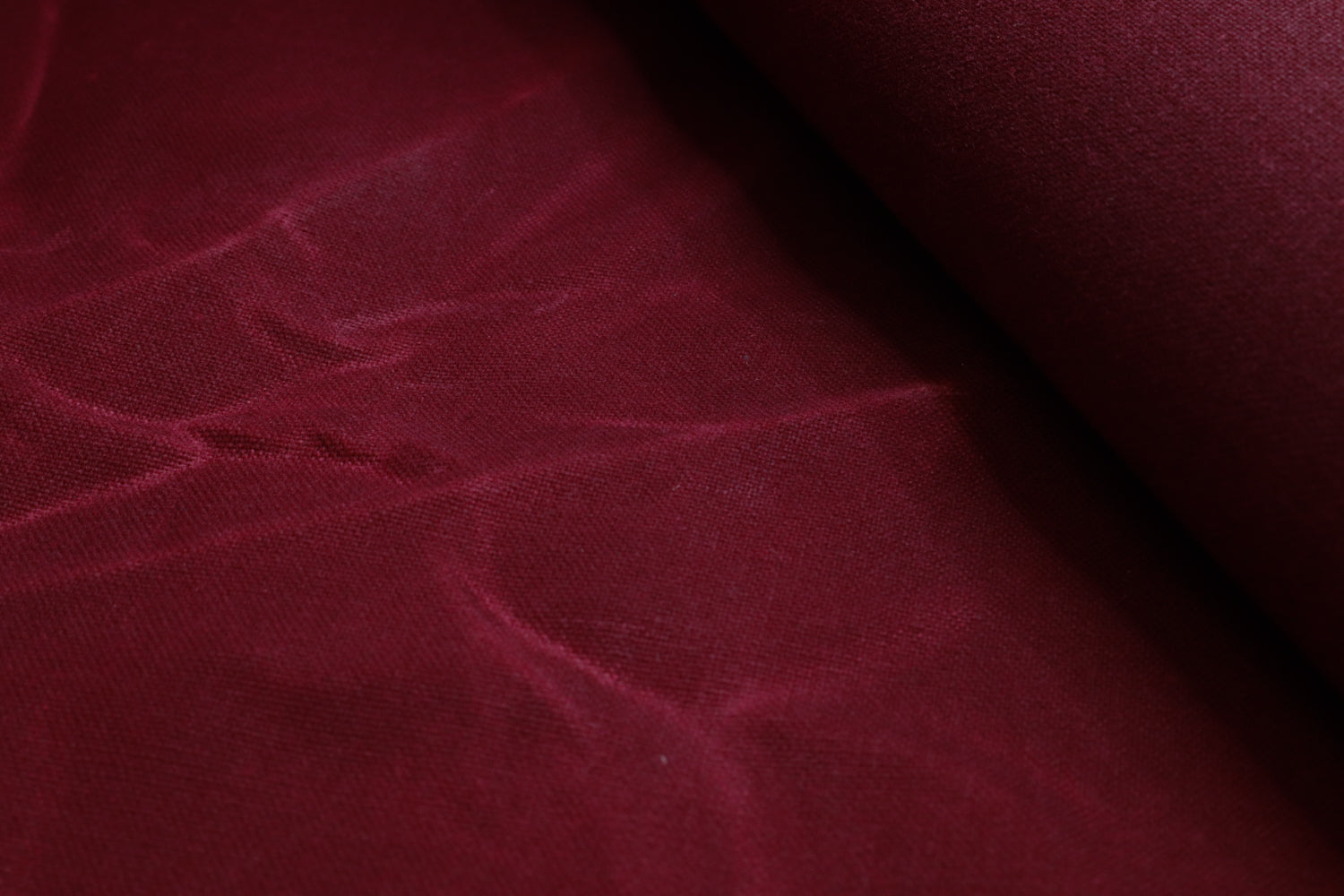Zipper Sliders: A Guide to Types and Applications

Zipper sliders, though often overlooked, play a crucial role in the functionality and durability of zippers. From securing jackets to enclosing bags, they come in various types tailored to specific needs. Let's unravel the world of zipper sliders, focusing on the types commonly used with molded tooth and coil zippers.
1. Molded Tooth Zipper Sliders:
Molded tooth zippers, characterized by sturdy plastic teeth, find applications in heavy-duty gear like outdoor wear and luggage. Here are the primary slider types associated with molded tooth zippers:
-
Non-locking Sliders: These sliders are the quintessential choice for most applications. They offer smooth operation and are available in various sizes to accommodate different zipper teeth dimensions.
-
Locking Sliders: Featuring a built-in mechanism, locking sliders prevent the zipper from unintentionally opening. They are particularly useful in situations where security is paramount, such as on backpacks or tents.
2. Coil Zipper Sliders:
Coil zippers, with their flexible nylon coil construction, are popular in apparel and accessories due to their lightweight nature. Here are the common slider types for coil zippers:
-
Standard Sliders: Just like their molded tooth counterparts, standard sliders are the go-to choice for most coil zipper applications. They offer smooth zipping action and come in various sizes to match different zipper tape widths.
-
Reverse Sliders: Reverse sliders often used on water-resistant or waterproof coil zippers. Unlike standard sliders, they are designed to have the pull tab on the opposite side of the zipper, leaving the "flat" side facing outwards. This feature is vital in outdoor gear and rainwear to prevent water infiltration.
Choosing the Right Slider for Your Project:
When selecting a zipper slider, consider factors such as the zipper type, intended use, and aesthetic preferences. For molded tooth zippers, standard sliders and locking sliders are suitable for most applications, while for coil zippers, standard sliders and reverse sliders cater to different needs.
Ensure compatibility between the zipper teeth and the slider, as using an incorrect slider size may result in operational issues or zipper malfunction.
In conclusion, understanding the types of zipper sliders and their respective applications is essential for successful sewing and crafting projects. Whether you're working with molded tooth zippers or coil zippers, selecting the appropriate slider ensures smooth functionality and longevity. So, the next time you zip up your favorite jacket or bag, appreciate the role of the humble yet indispensable zipper slider in making it all possible.



Leave a comment